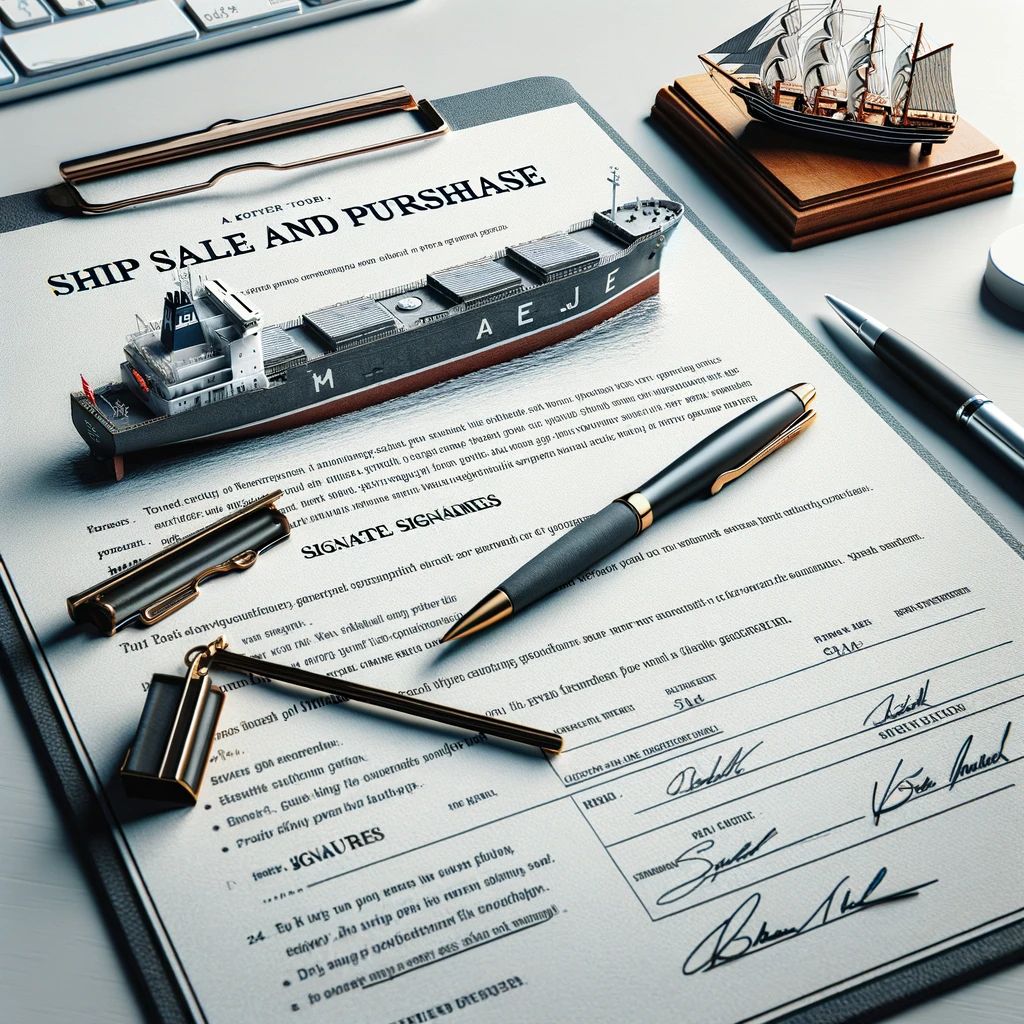
〆Major shipowners are placing orders for new vessels, while medium-sized owners secure depreciation funds through sale and leaseback arrangements.
Japanese shipowners are polarized in their investment decisions regarding new ship orders. Major Japanese shipowners, owning between 50 and 100 ships, are actively placing orders for new vessels. In contrast, medium-sized Japanese shipowners, with fewer than 20 vessels, are purchasing existing ships from Greek owners and European maritime companies through sale and leaseback (S&LB) agreements due to the soaring prices of new ships. As shipyard prices for new vessels remain high, there is a growing trend among Japanese shipowners to be divided between those placing orders for new ships and those medium-sized owners securing depreciation funds through S&LB to avoid new ship orders.
A representative from the shipping division of a trading company responded to an interview with the Japan Maritime News, saying, “Current new ship prices are high compared to the past.”
The trading company’s shipping division is increasingly divided between those investing in their own ships and those adopting a cautious stance towards ship ownership.
Many trading companies consider the historical upper and lower limits of new ship prices when making investment decisions on new ships.
The shipping division expressed a complex sentiment about current new ship prices: “Honestly, it exceeds our internal investment ceiling. It’s also difficult to secure charter rates that justify the cost of new ships. However, we cannot deny the possibility that this level may become the standard going forward.”
According to UK-based Clarksons Research, the current market price for a new 180,000 DWT Capesize vessel is $68.5 million. When converted at an exchange rate of 150 yen to the dollar, the price per vessel reaches 10 billion yen. This represents a 14% increase from the end of 2022, when prices had sharply risen to about $60.5 million due to a significant slowdown in orders and deliveries.
The surge in new ship prices is due to increases in material costs and labor expenses.
The issue is that the Japanese market is polarized between shipowners who are placing orders at these high prices and those who are cautious about ordering.
Regarding the ordering of bulk carriers, there is yet no consensus among Japanese and international shipowners on the direction of new fuels such as ammonia and methanol. According to regional bank sources, major shipowners are actively investing in new ships capable of using new fuels.
Many Japanese shipowners receive charter fees in dollars from operators (shipping companies), which results in increased yen revenue during periods of a weaker yen, such as when the exchange rate is 150 yen to the dollar, compared to 100 yen to the dollar.
In Japan’s tax system, the effective corporate tax rate reaches around 35%. This makes it difficult for Japanese shipowners to carry over profits compared to shipowners in countries like Greece, where maritime operations are tax-exempt.
While major shipowners are placing orders for new ships, medium-sized shipowners are focusing on purchasing second-hand ships with re-use guarantees.
The core of their strategy involves buying second-hand ships from European maritime companies and leasing them out again under bareboat charter terms in Sale and Lease Back (S&LB) arrangements.
Greek shipowners and European maritime companies often sell older vessels to Japanese shipowners, who then secure loans from regional banks to pay for these purchases, ensuring a means of asset depreciation.
There are concerns that the quality of Sale and Lease Back (S&LB) deals among Japanese shipowners has deteriorated due to increased competition.
The resumption of lending to the maritime industry by European financial institutions has led to a reduction in the baseline bareboat charter rates for S&LB deals.
Despite this, some Japanese shipowners continue to secure depreciation assets due to robust charter market conditions and increased yen revenue driven by a weaker yen.
Major shipowners are placing orders for new ships not only with Japanese shipyards but also with Chinese shipyards. “Major Japanese shipowners have secured a significant number of slots at shipyards in Japan and China,” according to the shipping division of a trading company.
If the yen continues to weaken, the polarization between Japanese shipowners investing aggressively in new ships and those focusing on S&LB deals is likely to become even more pronounced.